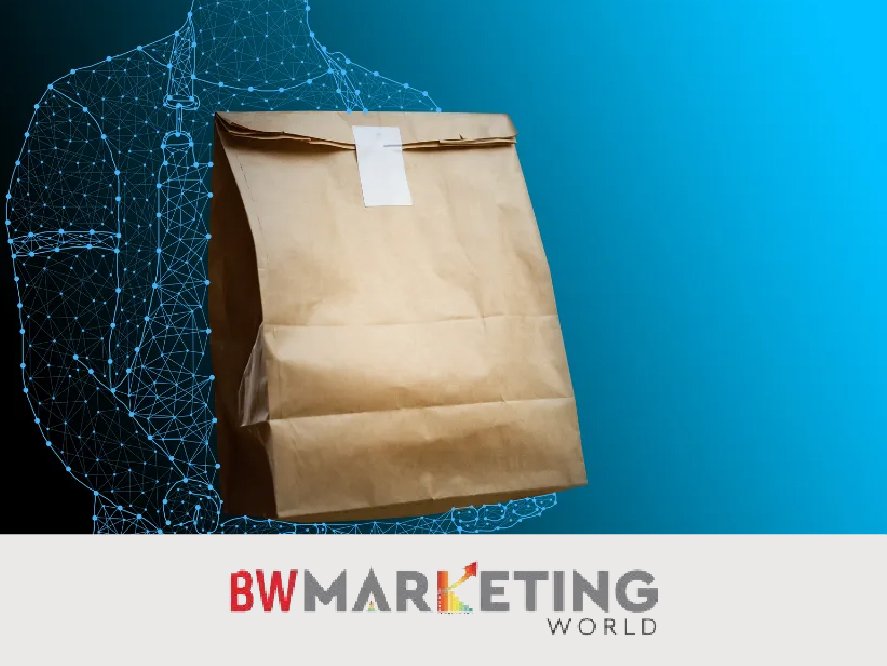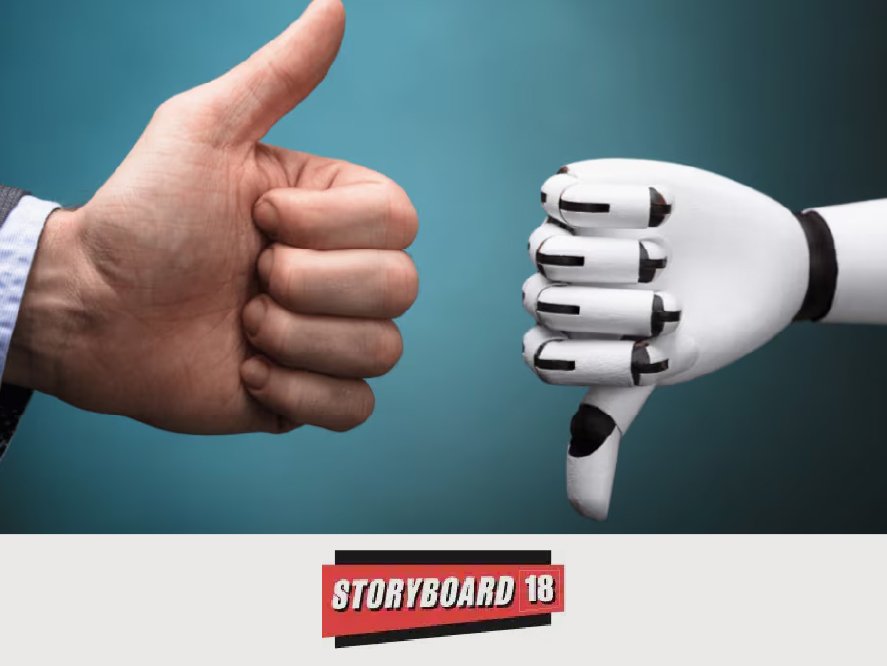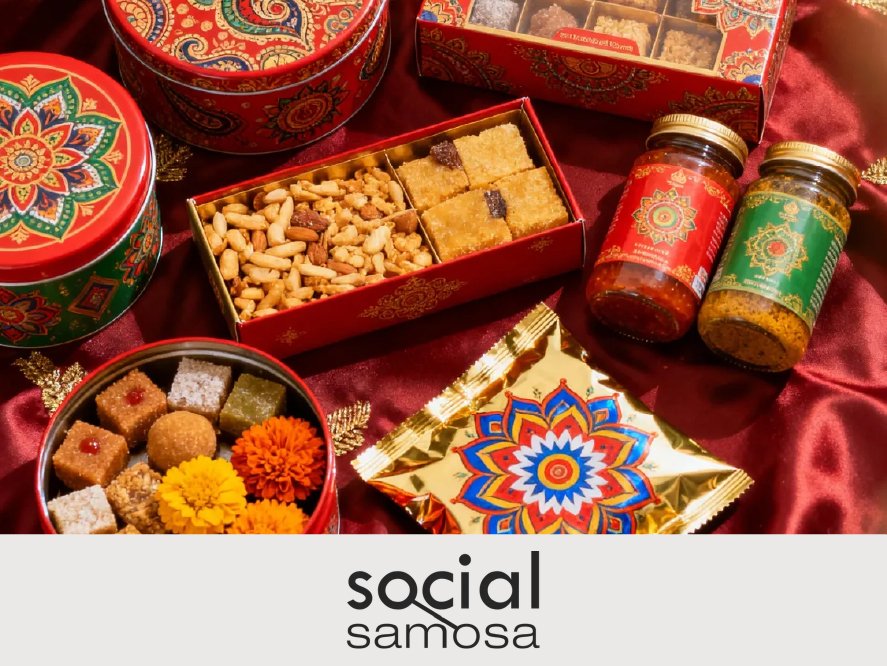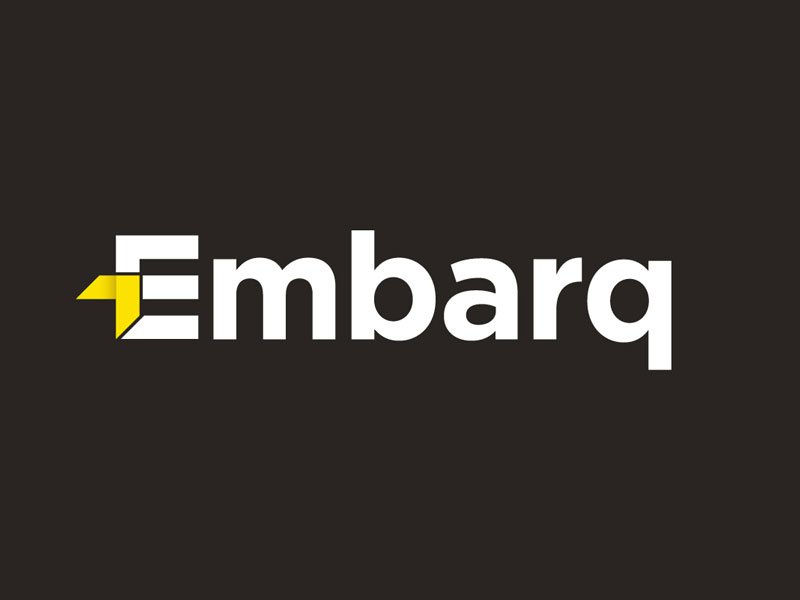B2B and B2C branding have different approaches. B2B focuses on trust and expertise. B2C targets emotions and lifestyle. B2B sales cycles are long. B2C sales cycles are short. B2B content uses facts. B2C content uses feelings. Branding agencies find both rewarding. B2B offers complex challenges. B2C provides visibility. Both aim for brand loyalty.
By Kunal Vora
In the world of branding,B2B and B2C operate like two sided os the same coin with its distinct vibe. Consumer brands go for the spotlight, while B2B brands focus on trust, expertise, and long-term relationships. But at their core, both are all about making memorable impact.
For branding agencies, both come with their rewards: the visibility of B2C and the complexity of B2B. Here’s how each one stacks-up and why both are thrilling for those who love the art and science of branding.
Audience: Who Are We Really Talking To?
In B2B, it’s all about Precision. B2B branding is like a high-stakes insider conversation. The audience is niche and knowledgeable, filled with decision-makers who know thier stuff. Here, branding isn’t about flashy ads or clever taglines; it’s about delivering real value. You’re talking to people who need you to solve specific business problems. Authenticity and credibility are key, and your brand has to feel as stable as bedrock.
For Consumers, it’s Emotional. B2C, on the other hand, speaks to emotions and lifestyle. Think of brands like Apple or Nike they’re not just selling products; they’re selling aspirations. B2C brands must connect quickly and tap into that this” feeling. This requires storytelling that feels authentic, engaging, and speaks to people’s identities.
Sales Cycles: Marathon vs. Sprint
B2B’s Long Game – In B2B, the sales cycle is often a marathon. It’s slow build, where multiple decision-makers weigh in, budget reviews happen, and partnerships are vetted. A brand here isn’t a impulse buy; it’s a strategic choice. Trust is earned over time, through a brand story that feels reliable and solutions that deliver.
The B2C Sprint – B2C, on the other hand, operates in the fast lane. Consumers often make purchase decisions within moments, especially in today’s digital age where everything is just a click away. For B2C brands, branding is about getting attention instantly and converting it to action. The story has to be snappy, engaging, and on-point.
Content: Facts vs. Feelings
B2B Thrives on Facts and Expertise – In B2B, content is about proving expertise. Think case studies, white papers, and thought leadership. The tone? Serious, insightful, and to the point. A B2B brand has to feel like an industry veteran, offering real insights and solutions. It’s less about being trendy and more about being timelessly reliable.
B2C Embraces Feelings and Experiences – With B2C, brands can have a little more fun. The content is about creating experiences, sparking joy, and making the brand memorable. Social media, visual storytelling, and even influencer partnerships all play a role here. It’s not just about selling a product but building a lifestyle
The Agency Angle: Visibility vs. Challenge
Consumer Brands: Visible and Buzz-Worthy. Branding agencies often gravitate towards consumer brands because of the instant buzz and visibility. Seeing your work on a billboard or across social media is exciting. Consumer brands allow agencies to get creative, think outside the box, and make an impact on a large scale.
B2B Brands: A Complex, Rewarding Challenge. For agencies that love a good challenge, B2B branding is a whole new thrill. It’s less visible but deeply rewarding. B2B brands require expertise and specialization that not all agencies can provide, transforming complex information into compelling stories. There’s something uniquely satisfying about nailing the subtleties of B2B, where the rewards come from creating lasting client trust and loyalty.
Purpose and Identity: Building Brands with Meaning
Purpose in B2B: Reliability and Trust. In B2B, purpose centres around reliability and partnership. The brand has to show that it’s built to solve genuine problems. This doesn’t mean B2B brands can’t have personality -it’s just that the personality has to feel credible and true, with an emphasis on what the brand stands for.
Purpose in B2C: Authenticity and Values. In the B2C space, purpose often takes a more emotional tone. Consumers want brands that stand for something, be it sustainability, inclusivity, or innovation. Purpose becomes a part of the identity, inviting consumers to support a bigger cause. When done right, B2C brands create loyal superfans who buy into the values, not just the product.
Conclusion: Different Paths, Same Goal
At the end of the day, whether it’s a B2B brand building trust and expertise or a B2C brand creating instant appeal, both aim for connection, loyalty, and impact. Consumer branding is the high-visibility, fast-action side, while B2B branding is the patient, intricate one that requires real strategic depth.
For branding agencies, each side has its rewards. Consumer brands are exciting and immediate, while B2B brands offer the thrill of navigating complexity and creating trusted partnerships. Both require authenticity, clarity, and consistency-and when done well, both leave an unforgettable mark on the world.
Originally Published:
Brand Equity.com : https://brandequity.economictimes.indiatimes.com/news/marketing/the-dynamics-of-b2b-branding-vs-consumer-branding/116114707



































